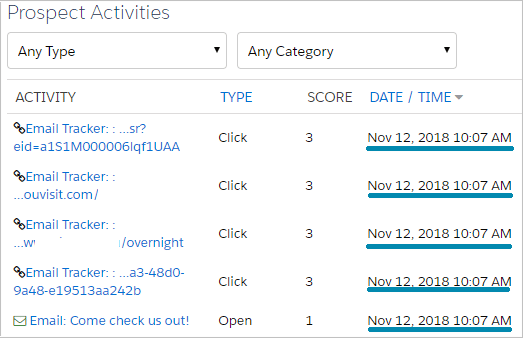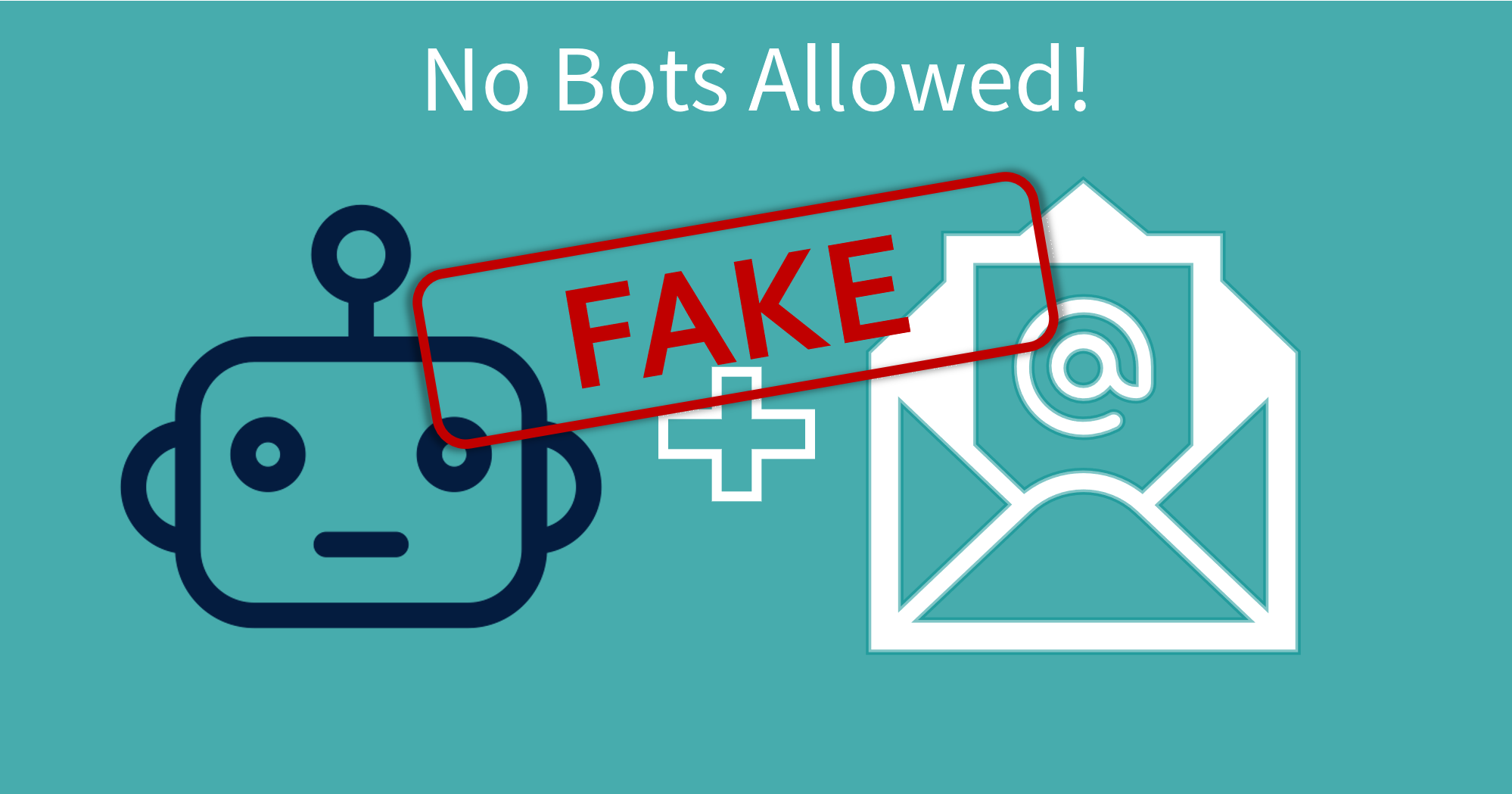Did you notice a decrease in your email opens/clicks recently? Pardot rolled out a feature which will drastically impact your email KPIs. This feature will detect email link clicks which are performed by bots, and ignore them. As a result, your emails after November 12, 2018 will very likely have lower email opens and email link clicks.
Don’t panic – this is really good news!
How do fake email link clicks happen?
Companies of all sizes subscribe to antivirus and spam blocking services, in order to reduce the amount of spam that gets through to their employees.
Most of the time these tools have little or no impact as you send out your email. (You are making sure that you send emails that people want, right?)
Usually, these services perform a gentle ‘ping’ on every link in an email – including the link for the email’s tracking pixel. That ‘ping’ on the tracker pixel will register as an email ‘open’ even though the activity was performed by a program (a bot) and not a person.
But some of these antivirus/anti-spam services are overly aggressive, and do more than gently ping links. Sometimes they check all the links in the email, which registers as a full Link Click.
That’s how a fake click (a bot click) can throw off your real email click rate.
How Do You Identify a Bot Clicking an Email Link?
From the outside, it’s not easy to see when a bot is clicking your emails versus a real person. But when you click into the prospect record you can see the behavior.
Take a look at a Prospect Activity record. You can see that an email was opened and all the email’s links were clicked at the same time. This is a sure sign of a bot, not a person:

While a real person might click all the links in an email, usually a real person will pause between clicks, so that the timestamp of the email link click will cover multiple minutes.
Are Clicks by Bots Really a Large Problem?
What percent of email link clicks are performed by real people versus bots is hard to determine.
At Invado, we took a brief (and non-scientific survey) of our clients’ email click rates. While we didn’t find a solid percent across all our clients, we found that certain target audiences are more likely to have bots clicking their emails than others.
By looking over recently sent emails we can strongly see the presence of bots clicking links in the Higher Education and Government spaces, and a smaller yet still noticeable presence in large corporations and financial institutions.
Why would the Higher Education segment have a ton of bots clicking their links? At first that seemed like an outlier, but upon second look this makes more sense.
A University’s target audience is made up of current high school Juniors and Seniors. These students will most often provide their email address for their high school district’s email system – frequently this email is something like: jane.doe@something.k-12.com
School districts are tasked with keeping minors safe from spam. This means they aggressively block spam, and they employ antivirus and anti-spam tools to help them do so.
The other segments – government, large corporations, and financial institutions – companies in these industries have potentially huge numbers of employees (and therefore a huge number of email addresses), so even a small amount of spam sent to all employees can be overwhelming. They also all have vested interests in keeping viruses off their employees’ computers, to safeguard everyone’s privacy and trade secrets.
In short, it seems like many large entities or corporations who are fighting a losing battle with spam will subscribe to an antivirus or spam-blocking service.
What does this mean for you and your email sending?
Is your company targeting an audience like this? Then yes, your email click rates are similarly bloated by bots clicking your links.
Fortunately, this recently launched feature from Pardot will cut out the bot traffic, and ignore the false email opens and clicks.
What will happen now?
- Your emails will have fewer opens and clicks because activity from bots will no longer be recorded. Any emails you have already sent will not retroactively adjust their reporting.
- This means you will (possibly) see a big drop in the Click Through Rate (CTR) and CTR% in your emails stats from November 12, 2018, onward.
- Any Pardot assets like Completion Actions on emails, Listening steps in Engagement Studio, etc, will not fire on fake clicks performed by these bots
- The click rate and other reporting in your Engagement Studio programs will be affected from November 12, 2018, onward.
How is this controlled?
It uses the existing feature for Visitor Filters. Pardot inserted over 30 new filters for you – they function to detect traffic from an IP address, IP range, or hostname, and then Pardot knows to ‘ignore’ that traffic.
How can I turn it off?
I highly recommend you leave this feature turned on. From a reporting standpoint, you want only legitimate clicks in your system – not fake clicks. Fake clicks can astronomically inflate activity scores for your prospects, leading you to turn over ‘hot’ leads to your sales team (who are not actually hot leads).
Also, the fake clicks on emails inflate your number of ‘active’ prospects. Since email marketing gets the best results when it is sent to your ‘active’ and engaged prospects … filtering out the fake engagement will help you get better results.
But if you MUST turn it off, here’s how.
Go to Admin > Automation Settings > Visitor Filters.

If you later decide you do want to block spam clicks, then there is no way to restore them en masse … so I really recommend you leave this in place.
Final Pardot Pro Tip:
If you can identify the IP address of any additional fake clickers … you can add your own filters!
Or if you know the IP address of any of your competitors, you can add their IP address to the list, and ignore their activity as well.
Check your email KPIs – are they are performing well?
Contact us for assistance auditing your email sending and email performance KPIs, and understanding how this feature could change the way you send and respond to email activity.


